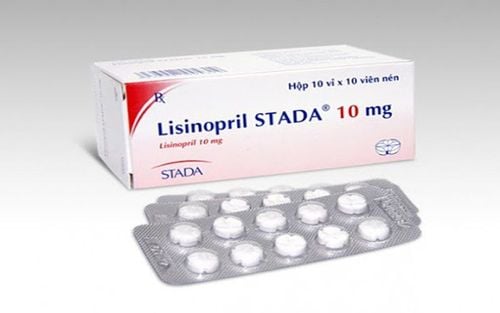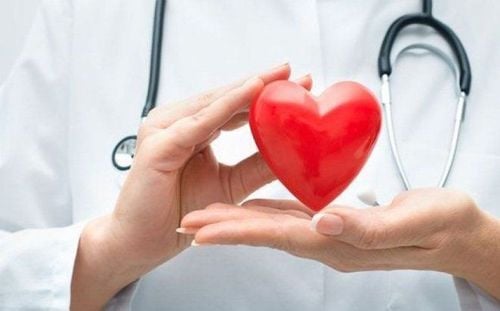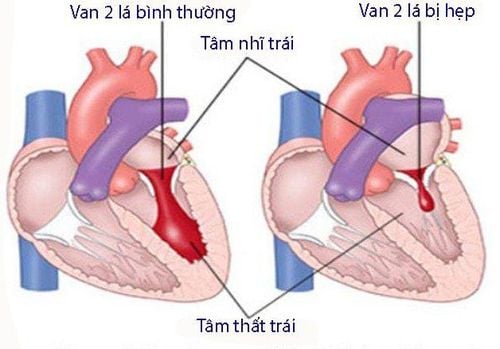This is an automatically translated article.
The article was professionally consulted with Cardiologist - Cardiovascular Center - Vinmec Central Park International General Hospital.Transposition of the great arteries is a rare congenital heart defect. The majority of infants are detected and treated early with major artery disease by surgical methods in the first few months after birth.
1. What is transposition of the great arteries?
Transposition of the great arteries is a congenital cardiovascular disease that occurs in neonates. In this disease, the two arteries that carry blood from the heart to the lungs and to the organs in the body are not connected as usual, they are reversed (transposition).In transposition of the great arteries, the following events will occur:
The aorta connects to the right ventricle, whereas normally it must connect to the left ventricle. The pulmonary artery is connected to the left ventricle, while the right is normally connected to the right ventricle. This means:
Oxygen-poor blood (blue) is delivered to the body's organs instead of the lungs. Oxygen-rich blood (red) returns to the lungs instead of supplying the organs in the body. This is in contrast to the normal functioning of the heart. A child's life will be in danger if left untreated.
Transposition of the great arteries can occur alone or in association with other cardiovascular problems such as obstruction of blood flow from the right ventricle to the aorta, structural abnormalities of the coronary arteries, and ventricular septal defect.
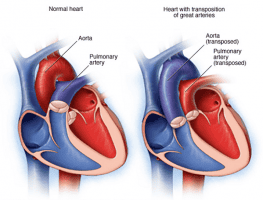
Bệnh chuyển vị đại động mạch là tình trạng động mạch chủ và động mạch phổi bị hoán đổi vị trí với nhau.
2. Symptoms of transposition of the great arteries
Symptoms of transposition of the great arteries include:Cyanotic skin Shortness of breath Lack of appetite Poor weight gain Greater arterial translocation is usually detected as soon as the baby is born or in the first week after birth. . If symptoms such as pale skin color, especially on the face, appear after the child has been discharged from the hospital, it is necessary to bring the child back to the doctor immediately.
3. Causes of transposition of the great arteries
Transposition of the great arteries occurs in the fetal stage of development, during which the structure and function of the heart is perfected. In most cases, no cause can be found. However, factors such as genetics, rubella or other viral diseases acquired during pregnancy, maternal age over 40, maternal diabetes can all increase the risk.
Mẹ bầu mắc bệnh tiểu đường làm tăng nguy cơ thai nhi bị chuyển vị đại động mạch
4. Factors that increase the risk of transposition of the great arteries
Some of the following factors may increase the risk of transposition of the great arteries in the newborn:Mothers who have rubella or other viral diseases during pregnancy Mothers who drink alcohol during pregnancy Mothers who smoke leaves during pregnancy Maternal diabetes management poor.

Phẫu thuật giúp điều trị bệnh chuyển vị đại động mạch
5. Complications of transposition of the great arteries
Potential complications of transposition of the great arteries include:Lack of oxygen to organ tissues: The baby's organs will receive very little oxygen (hypoxia). Unless there is a mix of oxygen-rich and oxygen-poor blood, the child is at high risk of death. Heart failure: Heart failure is a condition in which the heart cannot pump enough blood to meet the body's needs. It can develop over time because the ventricles must be pumped under a higher-than-normal pressure. The heart muscles can become weak and stiff over time. Lung damage: Too much oxygen-rich blood can damage the lungs, making breathing difficult.
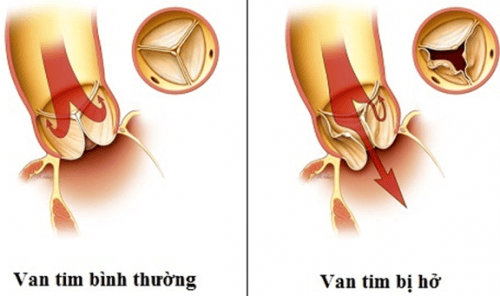
Hở van tim là một biến chứng nguy hiểm sau phẫu thuật chuyển vị đại động mạch
6. Surgery usually takes place in the first week of a baby's life.
During surgery, the aorta and pulmonary artery will be moved to their correct locations: the aorta attaches to the left ventricle and the pulmonary artery attaches to the right ventricle. The coronary artery will be attached to the aorta.If the child has a ventricular septal defect or an atrial septal defect, these holes will be closed surgically. In some cases, the doctor may be able to close the small septum on its own without interfering with it.
Possible complications after transposition of the great arteries include:
Coronary artery stenosis Cardiac arrhythmias Weak or stiff heart muscle leading to heart failure Narrowing at the connection sites of the great arteries Valve regurgitation heart
7. Prevention of transposition of the great arteries
If you have a family history of heart defects or have given birth to a baby with a congenital heart defect, you should consult a doctor who specializes in genetics and cardiology for advice before becoming pregnant.In addition, you also need to be best prepared to have a healthy pregnancy. For example, before you get pregnant, you need to get vaccinated to prevent diseases for your baby and start taking a 400 microgram folic acid multivitamin.
Please dial HOTLINE for more information or register for an appointment HERE. Download MyVinmec app to make appointments faster and to manage your bookings easily.
References: mayoclinic.org, stanfordchildrens.org




